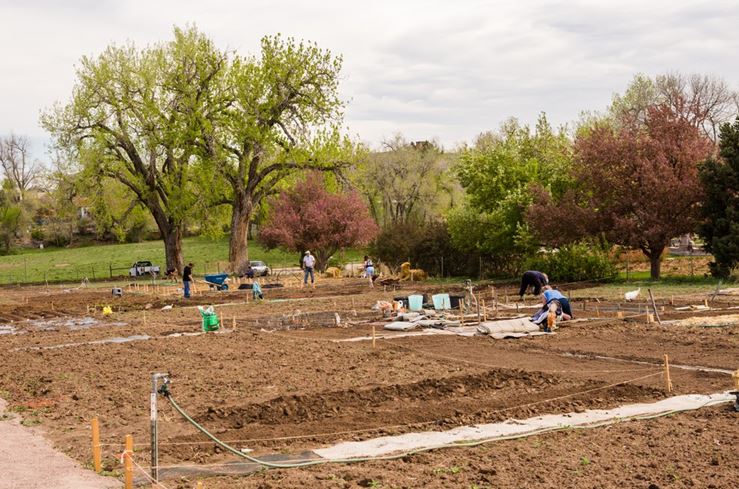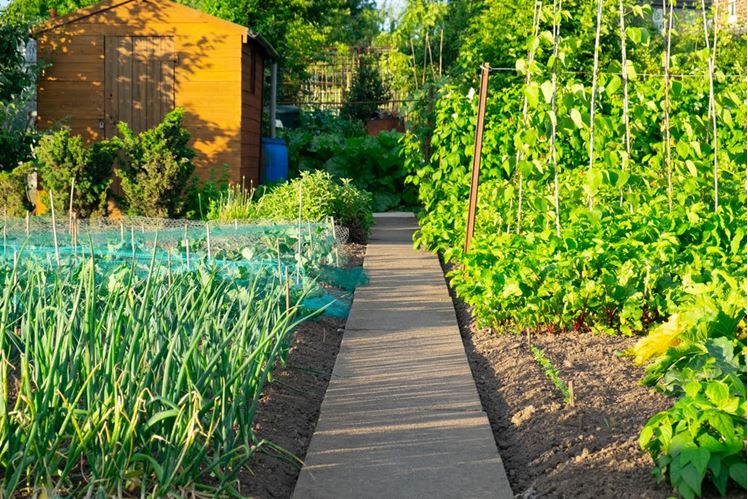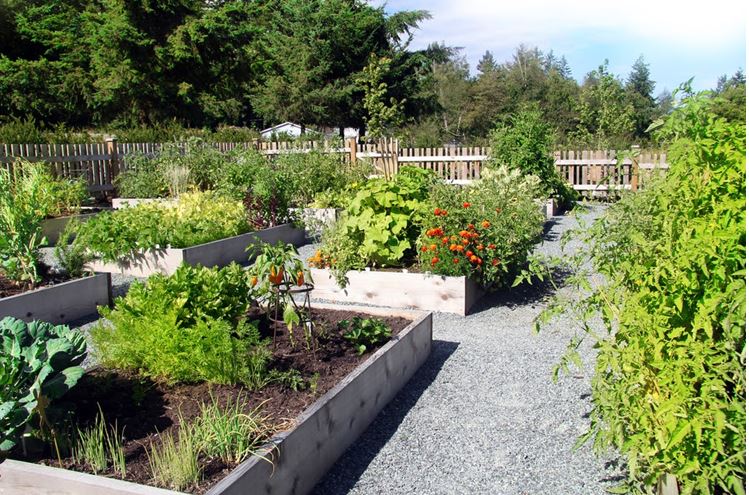How to Organize a Community Garden
Missing gardening? Stuck in a small apartment with no space for even a pot? Maybe you just want to work in the sun-warmed soil or taste a freshly picked tomato. Your motivation may be to lessen the burden of paying for healthy food for yourself and your neighbors. No matter what the reason, the result will be a positive outcome for you, your neighbors and the environment. Here are some steps that will help you organize a community garden.

1. Find others to help
While it is necessary to have a leader, this isn’t a one-person job. Recruit as much help as you can. Don’t limit that help to only gardeners, although you need to show there is interest if you want to get assistance.
You may already know some people who share your interest in this project. Set up an informal meeting with all interested gardeners. Find out if any of them have other skills that could help in the setup of the garden. You’ll need to budget for the start-up costs, a carpenter for building raised beds or a secure shed for garden tools, and someone to construct a fence to protect the garden from unsavory guests. It may also help to see if anyone knows how to apply for a grant, do some light marketing, or even has the legal expertise to help acquire the land. If someone is new to gardening, it’s a good idea to have people willing to mentor novices to help them with tasks like selecting vegetable seeds, caring for their plants, or harvesting vegetables?
2. Find potential locations
It would be great if you have several potential sites for the garden. Consider empty lots, church or school property, or unused park areas. There are some community gardens that are composed of raised beds sitting on the concrete of an old parking lot! The area needs to have full sun most of the day and access to water. Really, the only true deal-breaker is if the land is contaminated due to previous use. If you contact the city where you want to locate the garden, they can give you a list of city-owned vacant property within the area you want the garden located.
3. Contact the owner of the land
Reach out to the owner of the location where you’d like to build your community garden. If it is privately owned property, the owner must be willing to allow the community garden to be on his land, and you should insist on a lease that assures you that all the money and effort to start the garden can’t be stopped the following year because the owner changed their mind. Ideally, you’ll want a three-year lease at a minimum. Unless you have a lot of funding for rent, you’ll need a lease that only requires a nominal fee. If you are considering a church site or corporate site, be aware there could be strings attached to the approval. One thing to note, it’s important to have a soil test completed to check for contaminants before you commit to any land.

4. Public meeting
Put up flyers in grocery stores and churches as well as apartments and schools. Let people know that there is a new community garden and where it will be located. Invite them to attend a meeting to join, potentially reserve a plot, and help to set up the guidelines of what is expected of each member. Discuss what the goals of this garden will be. Who will be invited to garden there? Does each gardener have their own plot and who will be responsible for each area? Will portions of the garden be shared by all?
5. Clean up
There will always be cleanup needed. Even if the area for your community garden is relatively clean with no debris, it will need all the old vegetation removed. That includes any grass sod, weeds, volunteer bushes or trees, stones, rocks, and other unwanted natural materials.

6. Lay out the garden
Once you have a clean slate to work with, the garden plots can be laid out. This is the last chance to make changes to the plan you have on paper. You will be making pathways through the garden and sectioning off the plots, as well as common areas and specialty areas. There needs to be room for benches to rest and enjoy the garden. Some gardens have a plot for herbs that all the gardeners share. Most gardens include flowers to attract the pollinators as well as for their beauty. There should be signage to recognize the donors and to identify the area as a community garden. Install the raised beds and fill with soil so your community gardeners can easily get started. If this will be a traditional garden, till the soil so it is ready to plant. Post the layout and clearly mark each participant’s plot.
There will be some fine-tuning to the rules and regulations as time goes by, so schedule regular meetings for the gardeners to discuss issues. Consider having guest speakers at the meetings, as well. Perhaps a master gardener or a gardener from the local garden center could speak about organic pest control or how to start your own plants from tomato seed. Invite a nutritionist to talk about healthy eating or a local chef to share how to prepare unusual vegetables or cook with herbs. Schedule fun events in the garden like pumpkin carving or best salsa and food competitions using ingredients grown in your plot.
This community garden will not only provide food for families but also foster friendships in the neighborhood through gardening.
Good luck organize your community garden!
